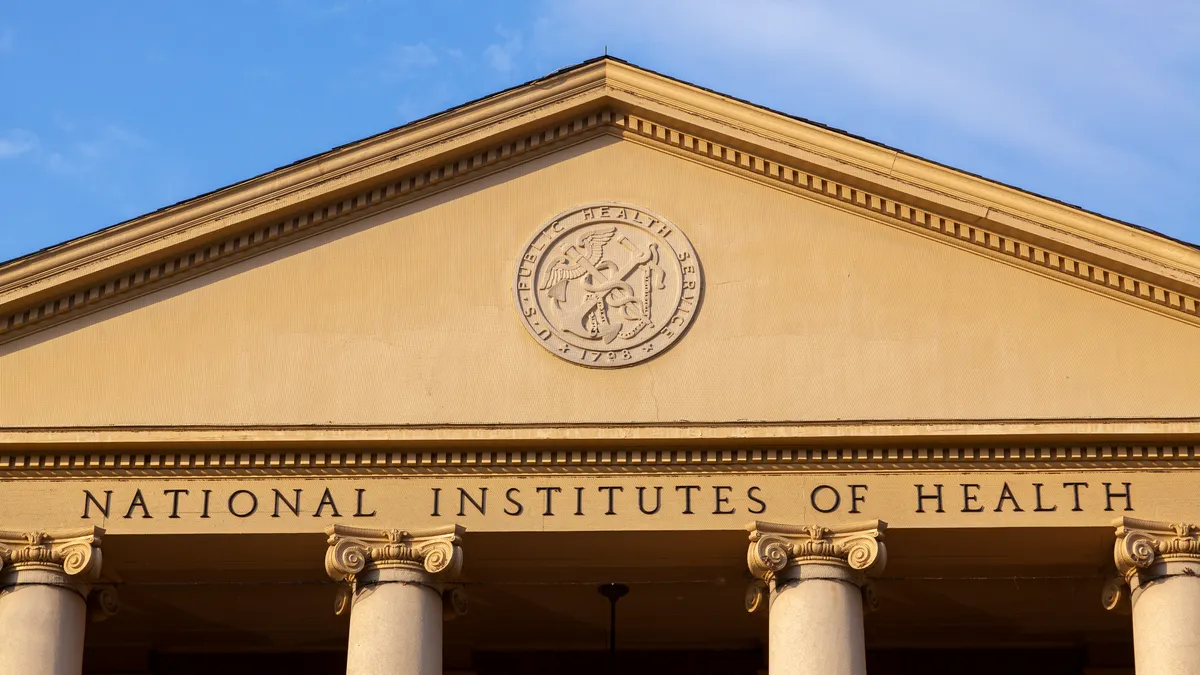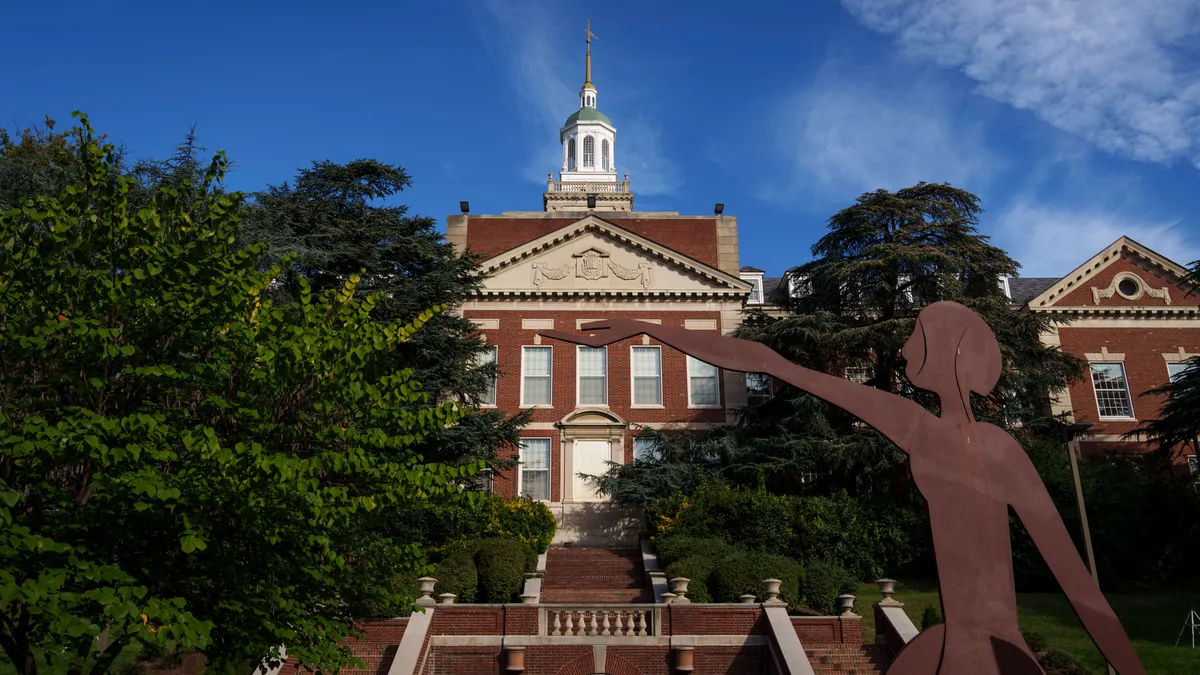Editor’s note: George Hagerty is the president of Beacon College in Leesburg, Florida, a nonprofit liberal arts college and the nation's first regionally accredited baccalaureate institution devoted to the preparation of students with learning disabilities, ADHD and other learning differences.
"Siri, could you please…?"
"Hey Google!"
For many of us, our enthusiastic embrace of the latest technological conveniences has moved from "shiny-new-thing" novelty to indispensable daily companion: a sure harbinger of the growing role artificial intelligence will play in our lives.
Technological innovation has always propelled and shaped society, but today it is measured not in decades or years but in six-month bites of history. Computer-based technology and its applications — what Apple's Steve Jobs equated to "a bicycle for our minds" — have morphed into rocket ships. Our awareness of warp-speed technological developments and the electronic options they offer magnifies both our unending fascination of and insatiable desire for each succeeding innovation.
It can be argued that few sectors have been more disrupted or transformed by technology than higher education — given our dual responsibilities as both transmitters and creators of knowledge. As a college president since the mid-1990s, my challenge has been the exercise of technology catchup from one defining innovation to the next: pillow-to-port, the liberating reach of Wi-Fi, learning management systems, the quest for more robust data pipelines and servers and, now, cloud-based everything.
I know I am not alone in this struggle.
But when conversations on campus inevitably turn to the acquisition and application of new technology — deliberations further complicated by strategic purposes, cost implications and political overtones — we must safeguard against mistaking electronic-based systems as ends unto themselves, in favor of what they are: tools to benefit the delivery and quality of instruction and services.
I cringe at the all-too-frequent conference presentation that commences with this well-intentioned counsel, "When you think about the academy, think technology." I get it. Technology is an increasingly powerful tool in the educational process.
When I think about my community, though, I think about technology and tens of other tools that will enhance the liberal arts experience for our students and their families, and every person on campus (and off) charged with their education and safety. In considering technology, we should not lose sight of the most important operant word in the conference presenters' declaration: think.
Thinking demands one's engagement in independent analysis, comparison, abstraction, systemization and the like. These higher cognitive functions are acquired and mastered best through specially organized learning experiences: purposeful instruction in deliberately crafted learning situations and moments. Technology is but a tool in support of the process: sometimes integral, sometimes not.
Although there is nothing more exhilarating than when a collegian experiences a curricular-inspired epiphany or catches fire in a discipline, I believe that higher education falls short if we do not view our obligation and promise with a broader lens. At the baccalaureate level, our primary purpose is to provide a healthy context into which an individual may place the whole of one's life and work. In so doing, our goal is as transformative as it is noble: guiding our students to independence of thought, action and a life path in an interdependent world.
When we think about great undergraduate institutions, unless they are very specialized, the whole is the sum of many interwoven parts that define the unique academic signature of the learning community. While a university's technology capacity is undoubtedly a prominent consideration, research informs us that there are other more compelling and influential keystones, aspects of campus culture and focus that are critical to long-term success and well-being. I am of the opinion that these factors can best be described as "high-touch."
Let me underscore that there is nothing soft about high touch encounters. Central to successful lives, these predominantly person-to-person features of the learning process concern the purposeful engagement between educator and student, the tangible efforts at creating an inclusive community, and the organization of instructional and campus settings that inspire shared experience and common understanding.
"[W]e must safeguard against mistaking electronic-based systems as ends unto themselves, in favor of what they are: tools to benefit the delivery and quality of instruction and services."

Gallup, in collaboration with Healthways and Purdue University, found that four of the six predominant factors contributing to the well-being of college graduates and their capacity to thrive in terms of workplace engagement were inexorably linked to high-touch opportunities in their undergraduate years.
The findings, reported in the Lumina Foundation's 2014 "Great Jobs, Great Lives" report, highlighted the high-touch experiences that increased the likelihood of thriving in life (well-being) and work for college graduates: (1) identifying with a professor who cared for them as a person and (2) made them excited about learning; (3) recognizing a mentor who encouraged them to pursue their ambitions; and (4) participating in extracurricular activities. The report rounded out the six most influential factors with the preferred practices of internships and the availability of sustained (one semester or more) academic projects.
The authors summarize the impact of their findings as follows:
"That these six elements of the college experience are so strongly related to graduates' lives and careers is almost hard to fathom. When it comes to finding the secret to success, it's not 'where you go,' it's 'how you do it' that makes all the difference in higher education."
I have come to terms with all of this as an undergraduate educator. I think of technology as a continuously advancing tool — a tool, however, that is only as powerful as its capacity to stir students to be in college, not simply at college. Every new technological advancement available to the academy will not necessarily improve the learning and living communities we seek to be if the Gallup findings are any guide (as I believe they should be).
In 1921, well before the computer age, the Norwegian internationalist and Nobel laureate Christian Lous Lange cautioned, "Technology is a useful servant but a dangerous master." He was warning us of the double-edged sword of innovation in the hands of the user. More than half a century later, Steve Jobs opined, "Technology is nothing. What's important is that you have a faith in people, that they're basically good and smart, and if you give them tools, they'll do wonderful things with them."
The practical translation for colleges and universities today? Envision high tech as an important, but only one, pillar of a college's high-touch agenda. The real magic of the undergraduate experience occurs when people are brought into community, face-to-face. We must ensure that technology, an otherwise potent tool, does not get in the way.















